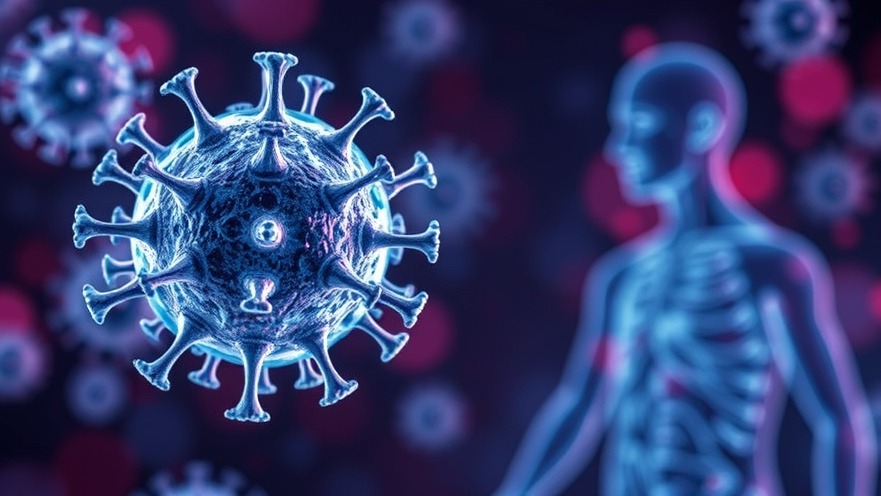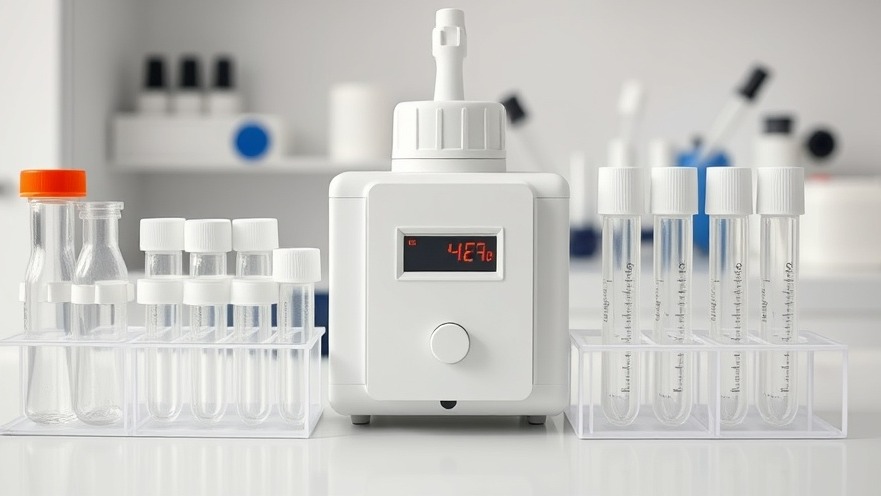
Revolutionizing Virus Detection in Enclosed Spaces
As the original report highlights, the Korea Disease Control and Prevention Agency (KDCA) has recently observed a spike in flu cases across Korea, prompting a renewed focus on effective detection methods. The innovative technology developed by researchers at UNIST aims to fill this gap during periods of heightened health concern, especially in schools and hospitals where airborne infections spread quickly.
How the Detection System Works
The new surveillance system innovatively condenses moisture onto airborne virus particles, enabling their subsequent detection through paper-based immunosensors. This approach remarkably contrasts with traditional air sampling methods, showcasing a streamlined strategy for identifying airborne influenza viruses. By optimizing the size and weight of tiny viruses through water droplet formation, the device can effectively capture and analyze virus-laden air samples.
Insights from Field Tests: A Game Changer
Field tests conducted in an elementary school provided the researchers with real-world applications for their technology. By collecting and analyzing 17 air samples from various locations—classrooms, hallways, and cafeterias—researchers successfully identified the H1N1 strain, confirming the system's efficacy. This hands-on verification lends credibility to the method—a crucial factor for health practitioners who seek robust solutions for patient care.
Speed and Accuracy: Advantages of the New System
The system's rapid detection capabilities define its unique value. With results provided within 30 minutes, the technology allows healthcare professionals to promptly assess and respond to potential viral threats. Unlike traditional PCR methods, which often require expensive equipment and lengthy processing, this novel approach prioritizes the detection of hemagglutinin proteins on the virus, establishing a direct correlation with the virus’s infectious potential. This efficiency could empower health practitioners to act swiftly in controlling outbreaks.
Comparative Technologies: What Sets This Apart
Other available technologies for tracking airborne viruses often depend on costly and complex methodologies. The UNIST system offers a more accessible solution that balances cost and operational efficiency, making it an attractive proposition for medical practices across various settings. By prioritizing usability without compromising scientific integrity, health practitioners can incorporate this technology seamlessly into existing health surveillance frameworks.
Broader Implications for Public Health
This innovative detection technology may provide broader implications for public health beyond influenza. As the threat of airborne diseases like COVID-19 persists, healthcare systems must adopt more responsive detection tools. Incorporating this technology could enhance hospital readiness and contribute significantly to in-school health surveillance protocols, ensuring the safety and well-being of public spaces.
Take Action: Stay Informed and Prepared
The introduction of this rapid detection system highlights the importance of staying informed about technological advancements in health surveillance. Health practitioners should consider involving themselves in discussions about integrating such innovative solutions into their practices. By understanding and adapting to new technologies, there’s potential for improved patient outcomes and a more proactive approach in managing airborne health threats.
 Add Row
Add Row  Add
Add 






Write A Comment